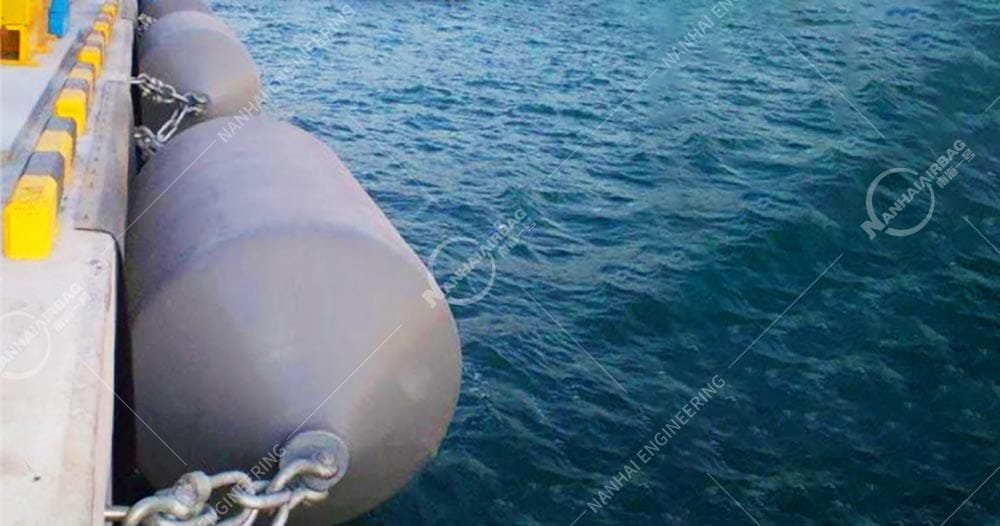Inflatable Fender
12/19/2024Pneumatic Fender Price
12/23/2024Foam Filled Fender

A foam filled fender protects boats, ships, docks, and other structures from damage during docking or mooring. Unlike inflatable fenders, it doesn’t rely on air pressure. Instead, it uses a solid foam core to stay in shape and absorb impact. This design makes it tough, reliable, and easy to use with little maintenance.
Applications of Foam Filled Fenders:
- Commercial Shipping: Foam-filled fenders are widely used in commercial shipping for protecting large vessels during docking and mooring.
- Harbors and Docks: Many ports and piers use them regularly because they protect both the structure and the vessels during mooring.
- Recreational Boating: Recreational boaters often use smaller foam-filled fenders to dock safely and protect both their boats and the docks from damage.
- Offshore Oil Platforms: Foam-filled fenders are used in offshore oil platforms and rigs to prevent damage from ships, tankers, and barges.
Types of Foam Filled Fenders:
- Solid Foam Fenders: Entirely filled with foam and covered with an external protective layer, these fenders offer high durability and low maintenance.
- Heavy-duty foam filled fender: Heavy-duty foam fenders usually come with an outer tire net that helps reduce wear and extend their service life. At NANHAI, we offer two tire options for our fender nets: aircraft tires and truck tires. Aircraft tires perform better and last longer, making them the stronger choice.
- Submarine foam fender: Submarine foam fenders use concrete or steel weights to keep part of the fender below the waterline. They offer high performance with low reaction force, making them ideal for submarines with sensitive equipment during docking.
Conclusion:
Foam filled fenders give ships, boats, and docks a safe way to handle bumps and pressure during docking or mooring. They use a solid foam core instead of air, so they don’t lose shape or need inflating. This makes them strong, long-lasting, and easy to use. People often choose them for busy ports, offshore platforms, and heavy-duty marine work because they can handle rough conditions without much care or repair. Their simple design and tough build make them a smart choice for many marine jobs.
